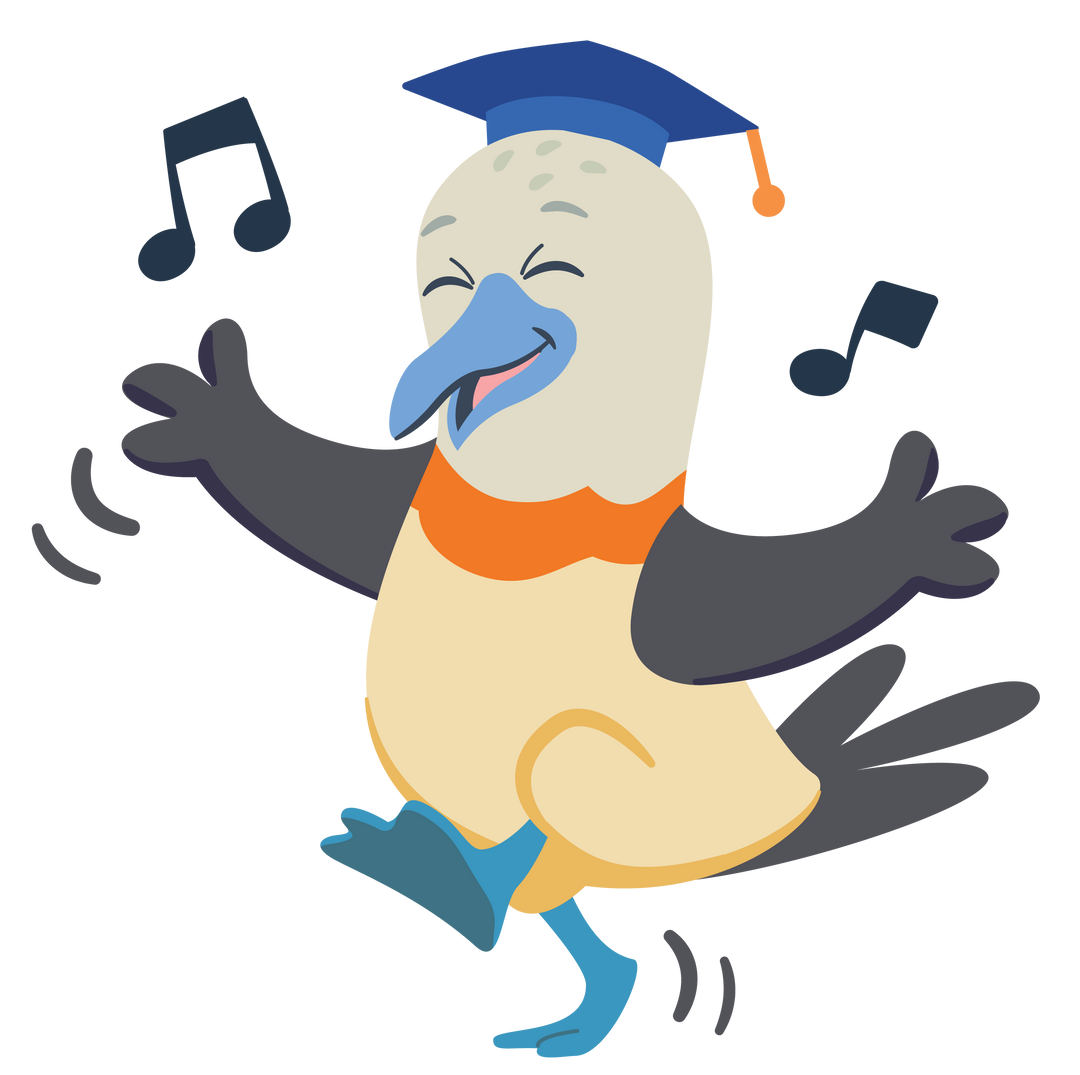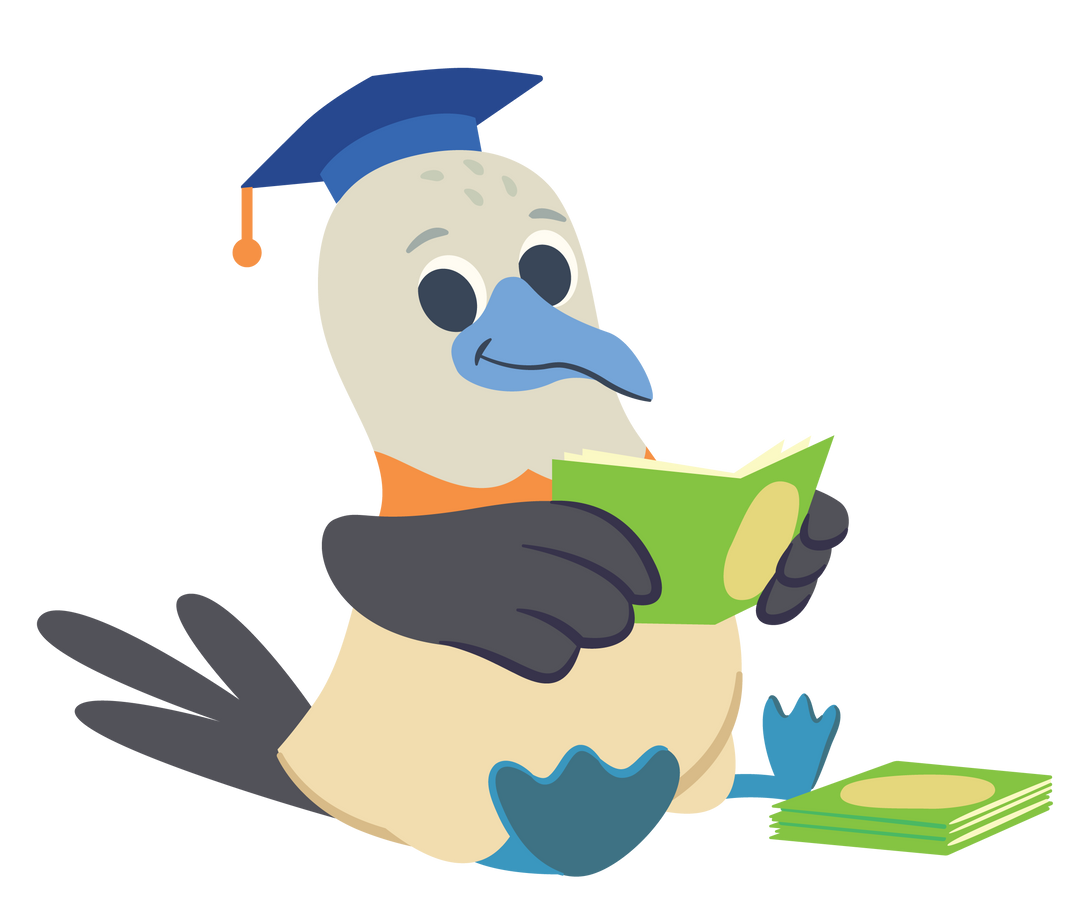The Child1st Difference
Where learning is different by design.

Child1st was founded by Sarah K. Major to empower children with diverse learning needs by providing resources that align with their unique ways of learning.
Born from Sarah's passion for education and her experience as a Title 1 Director, Child1st creates multisensory materials designed to reach all types of learners, especially the 60% who struggle in traditional environments.
Starting as a one-person operation, Child1st has grown to serve customers worldwide, offering tools that ignite a love for learning by speaking directly to each child's cognitive strengths.
The team at Child1st now works hard to serve this initial vision while updating and improving our product line to serve the ever-evolving world of education.
The Results
Learn More
Learn how our products are specially designed to impact meaningful change in your students.




